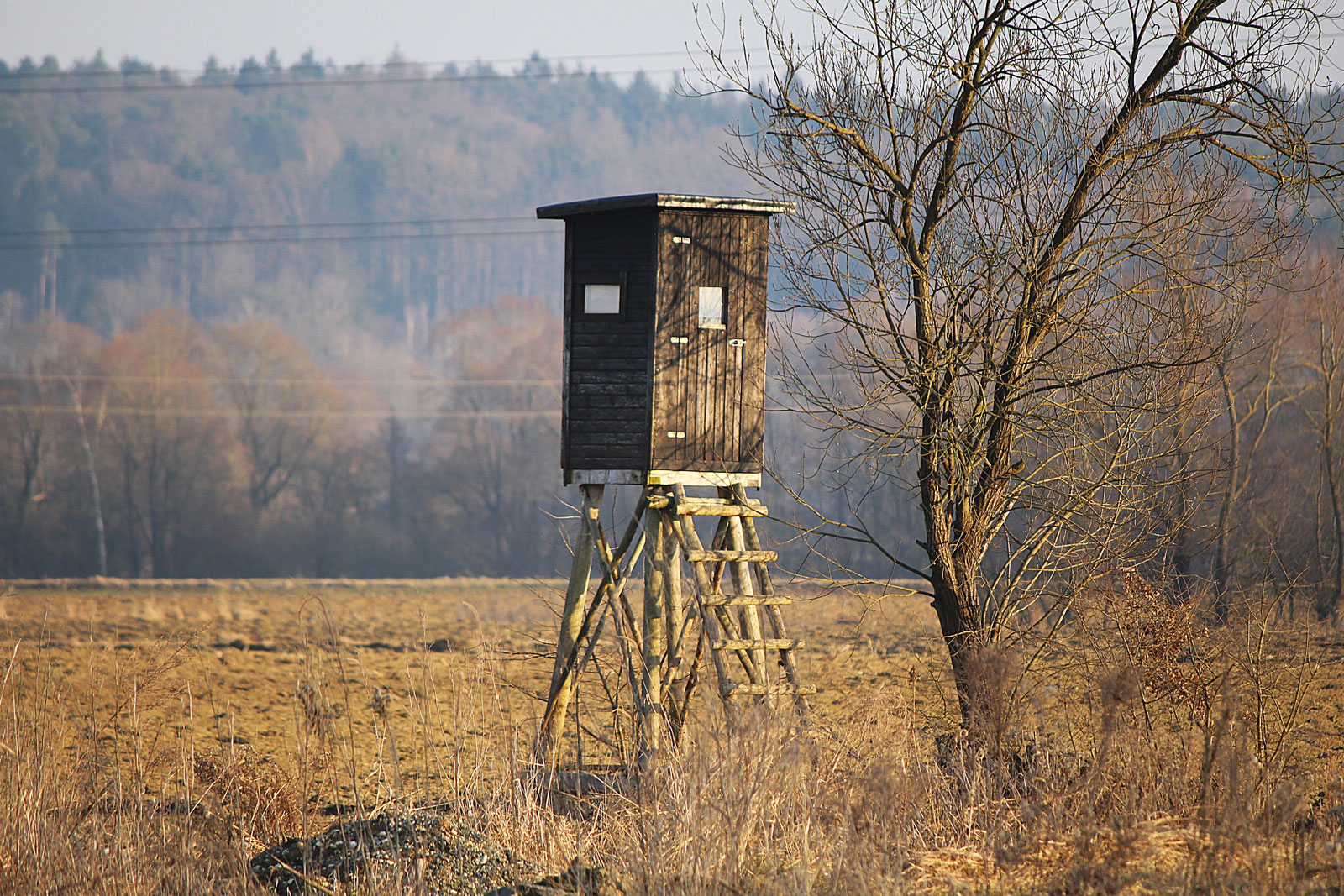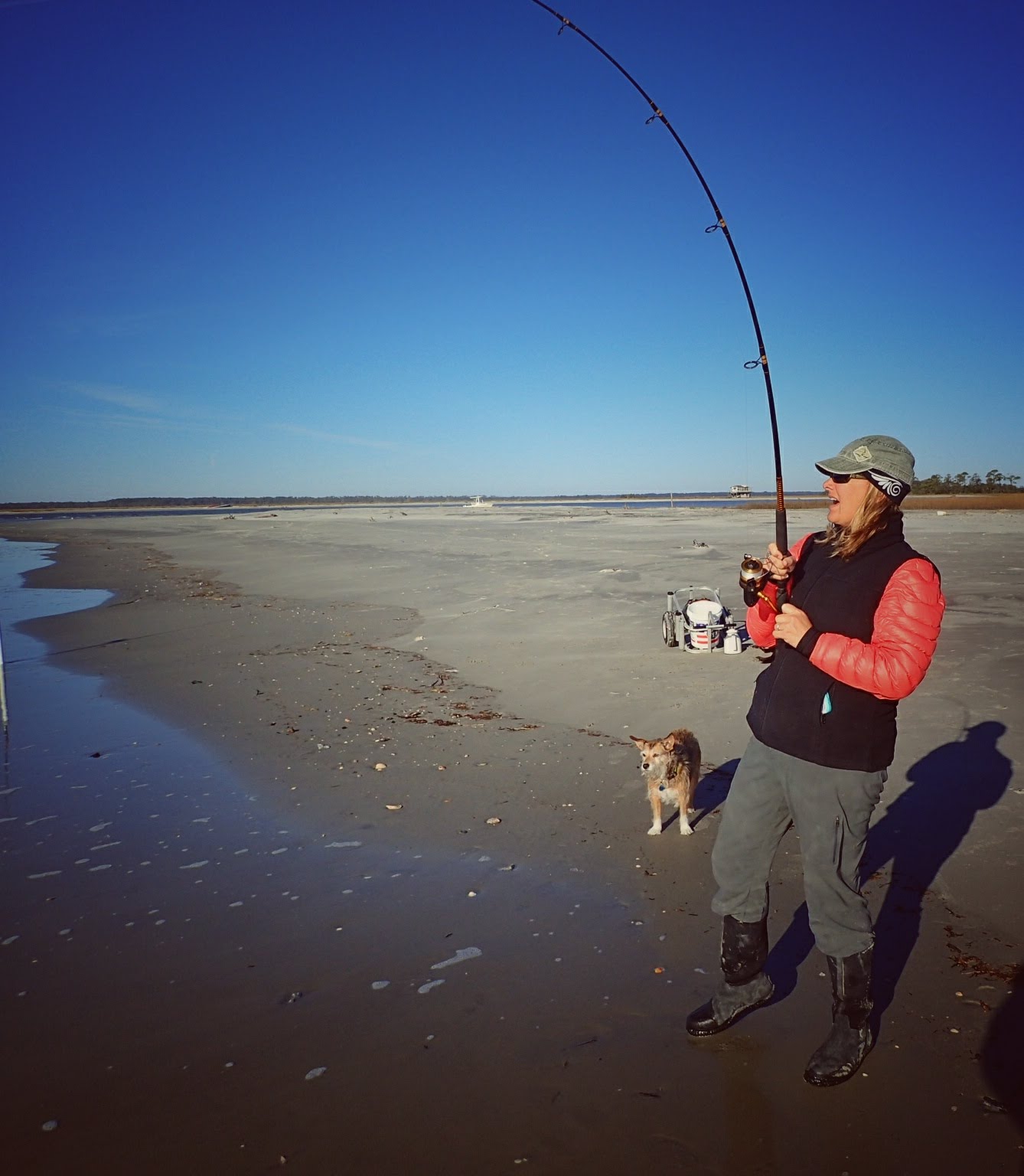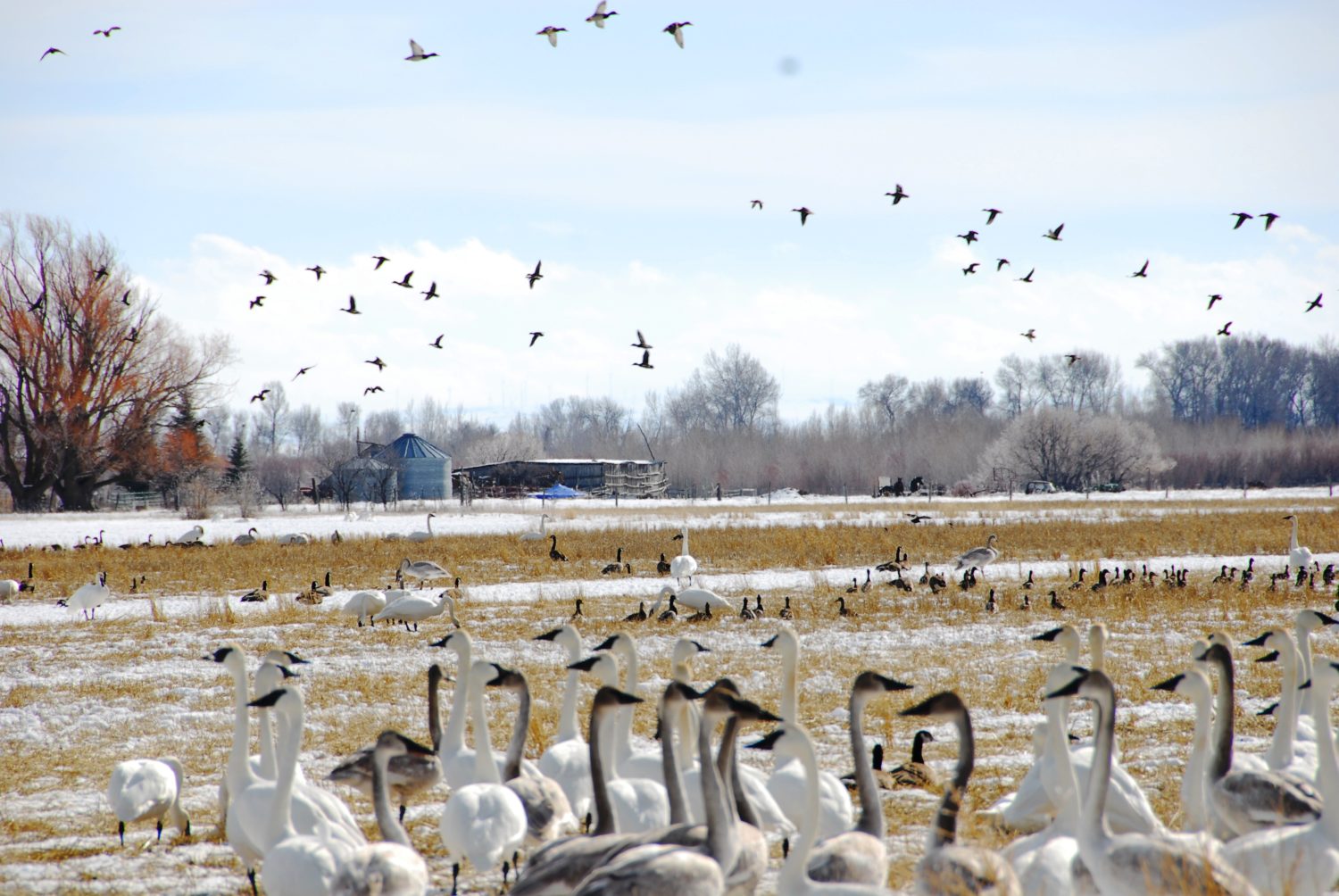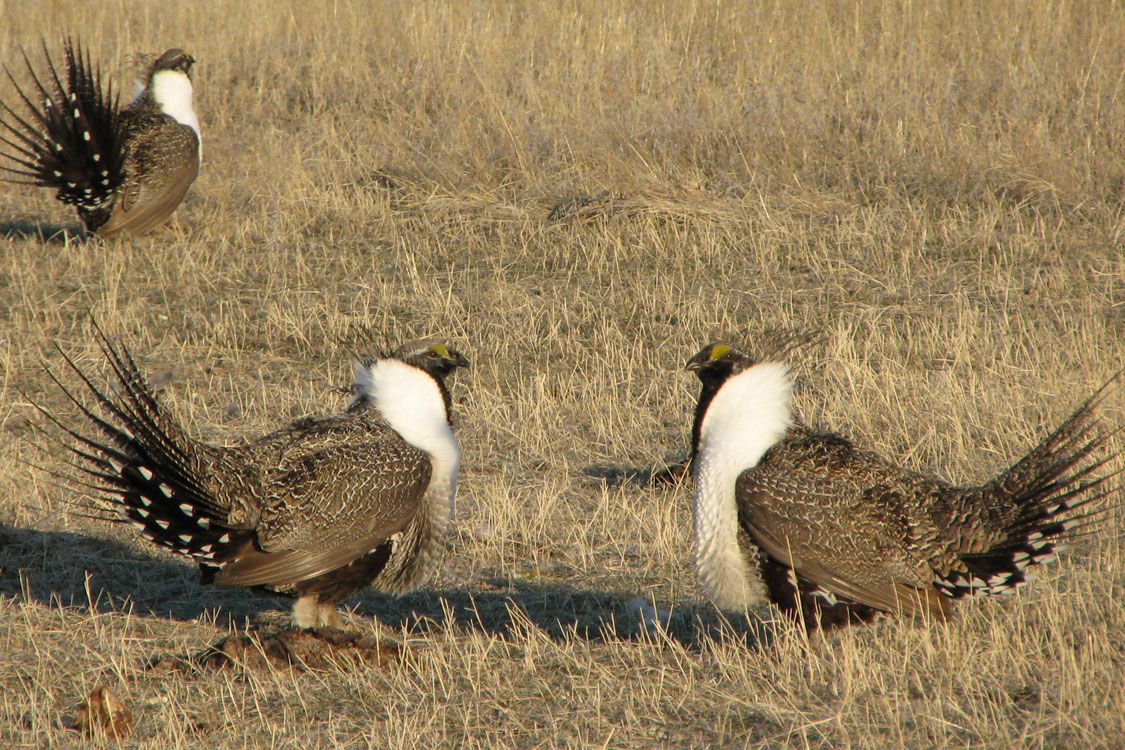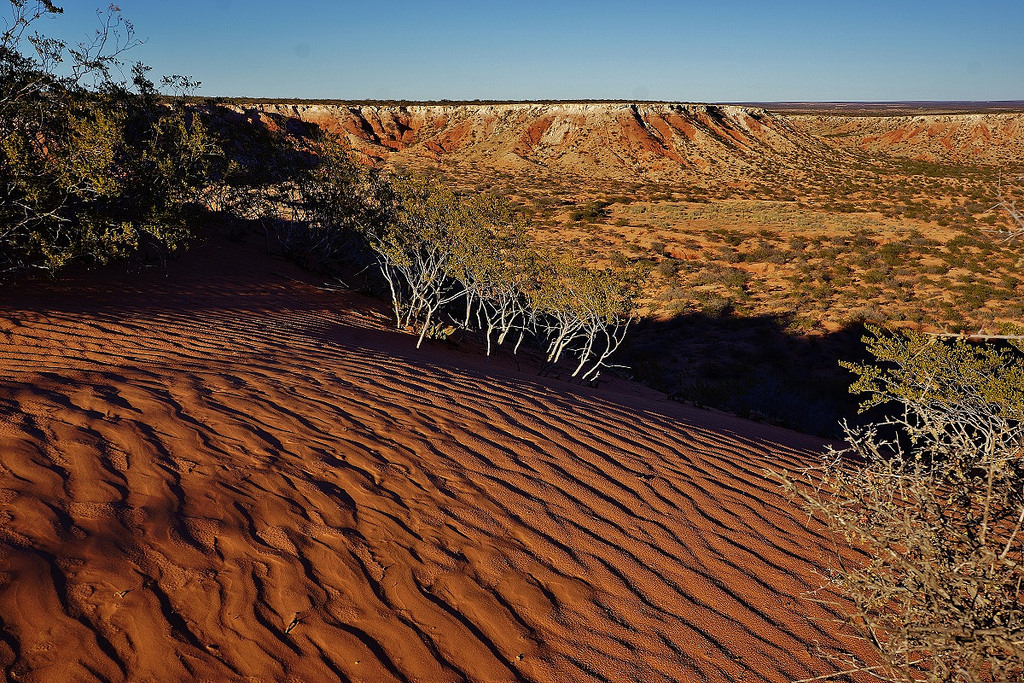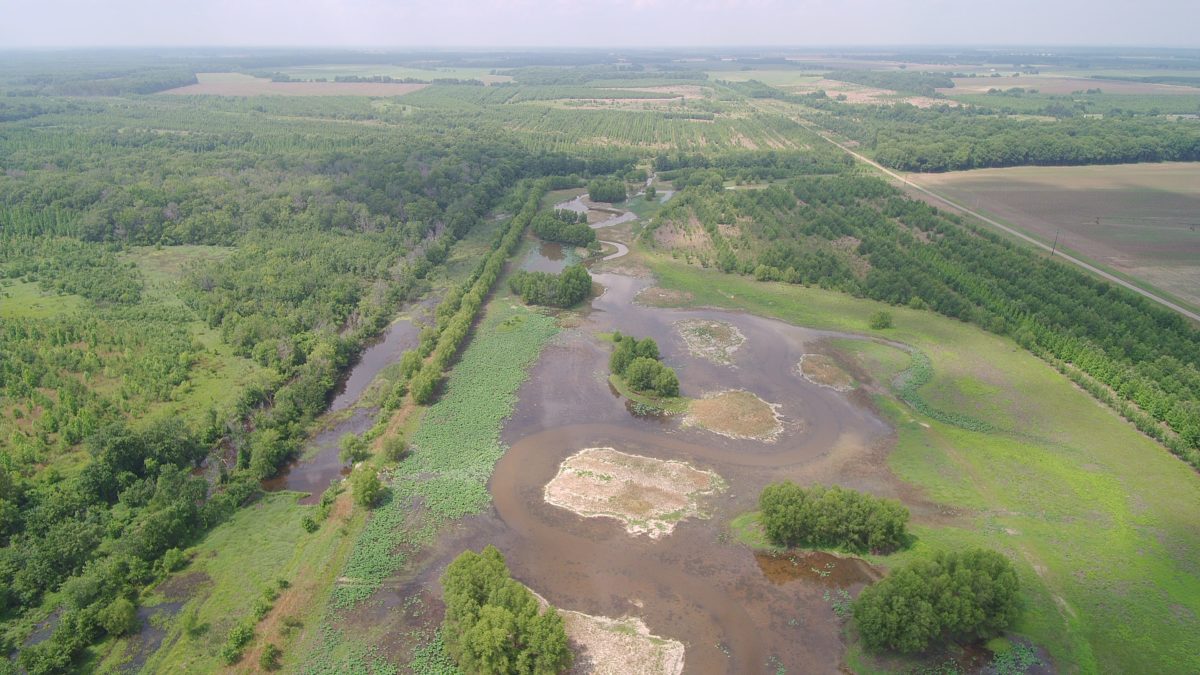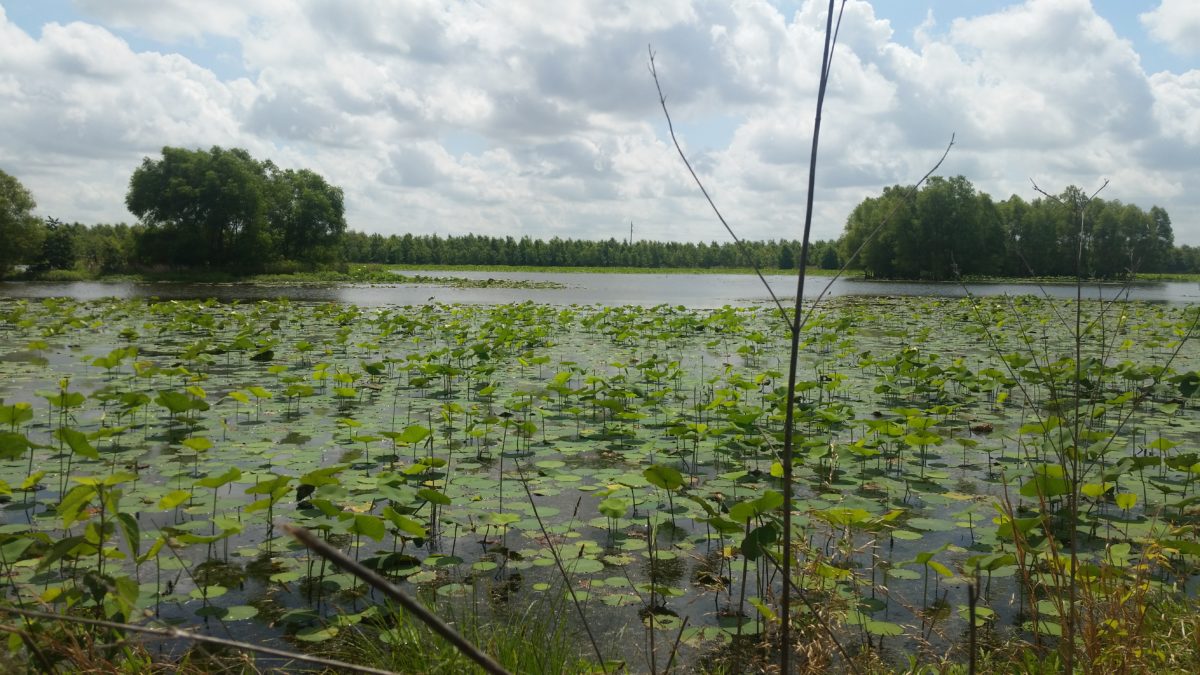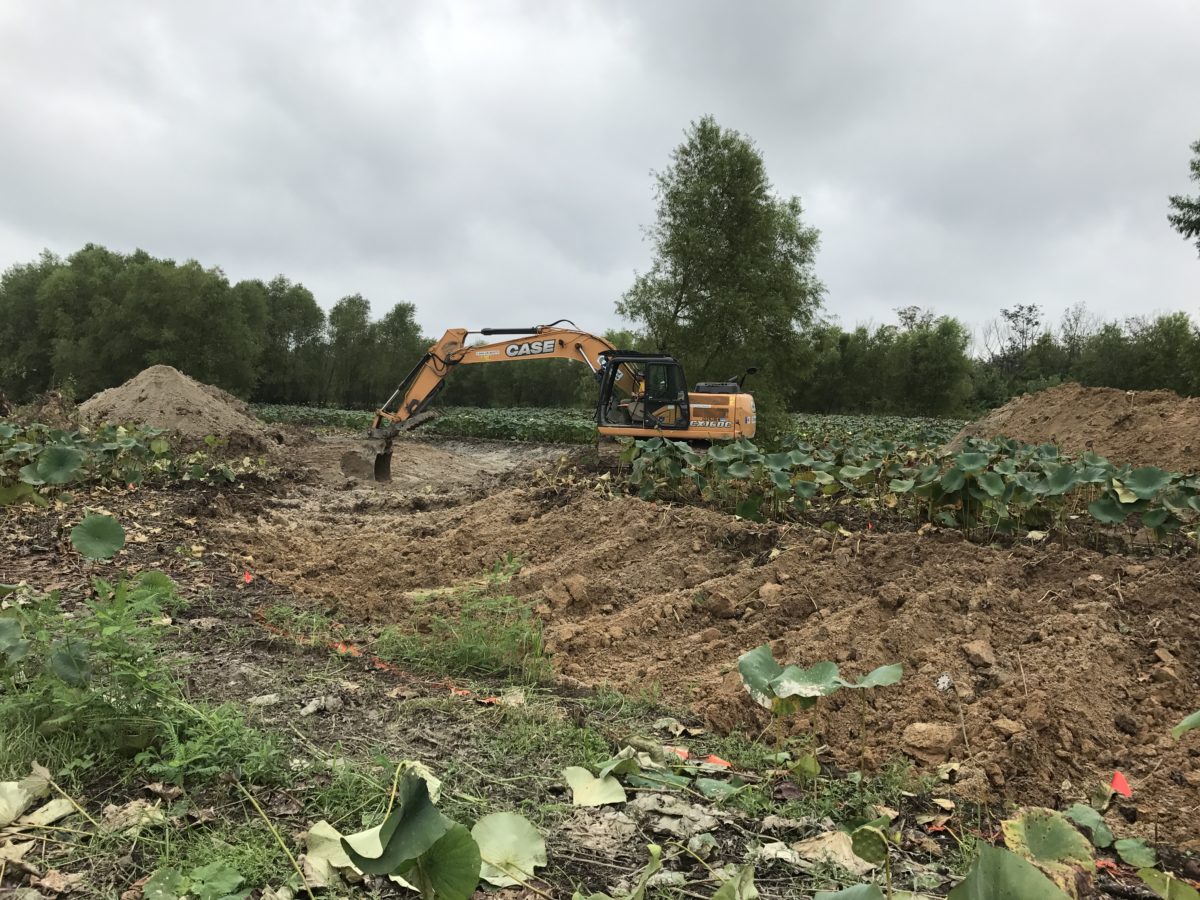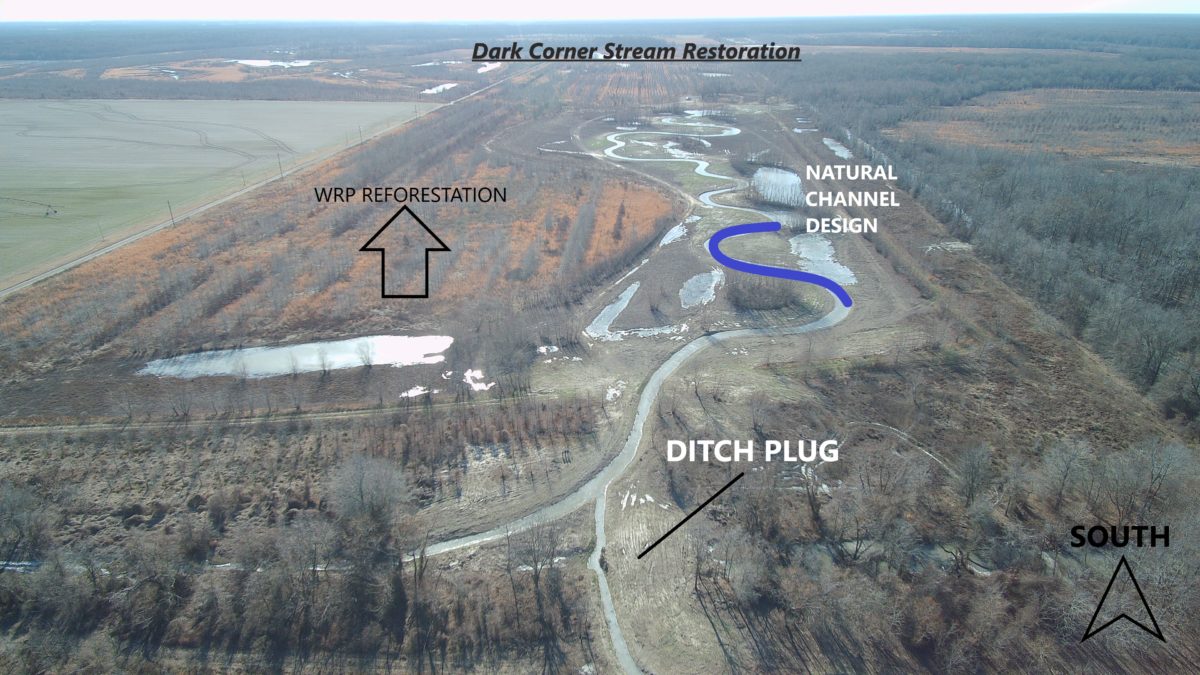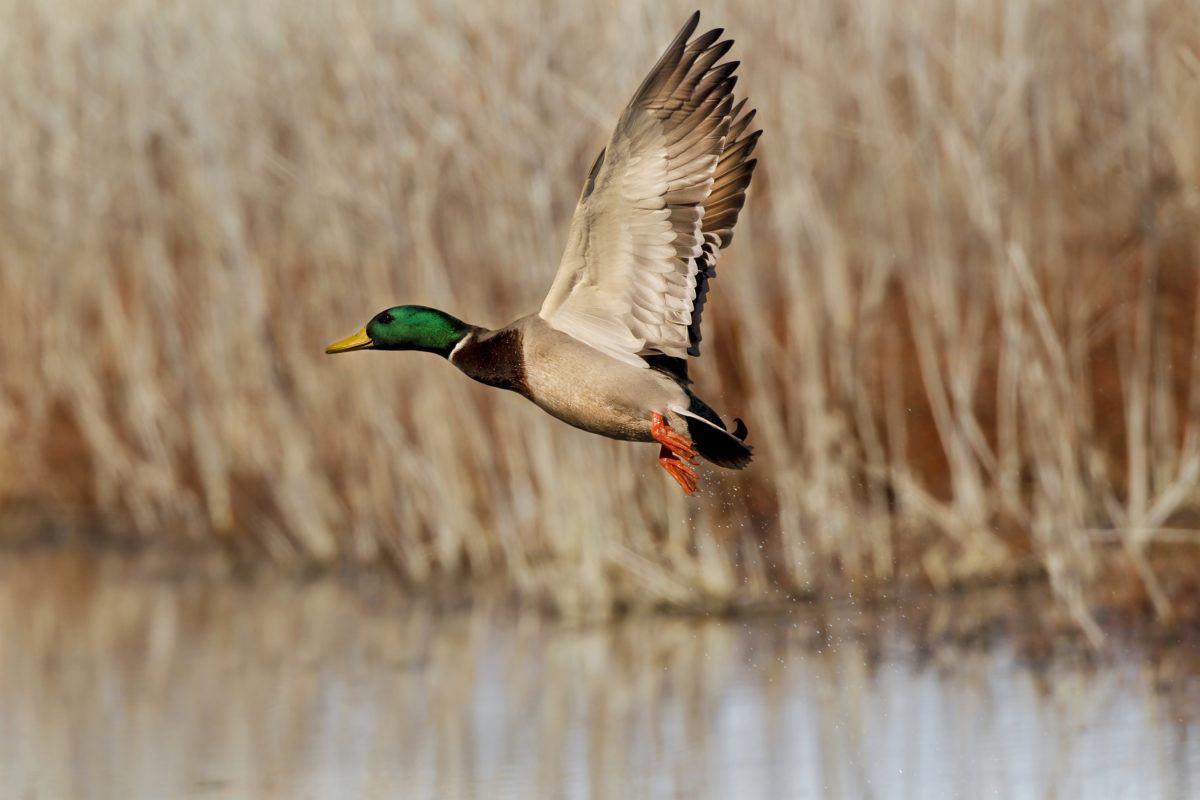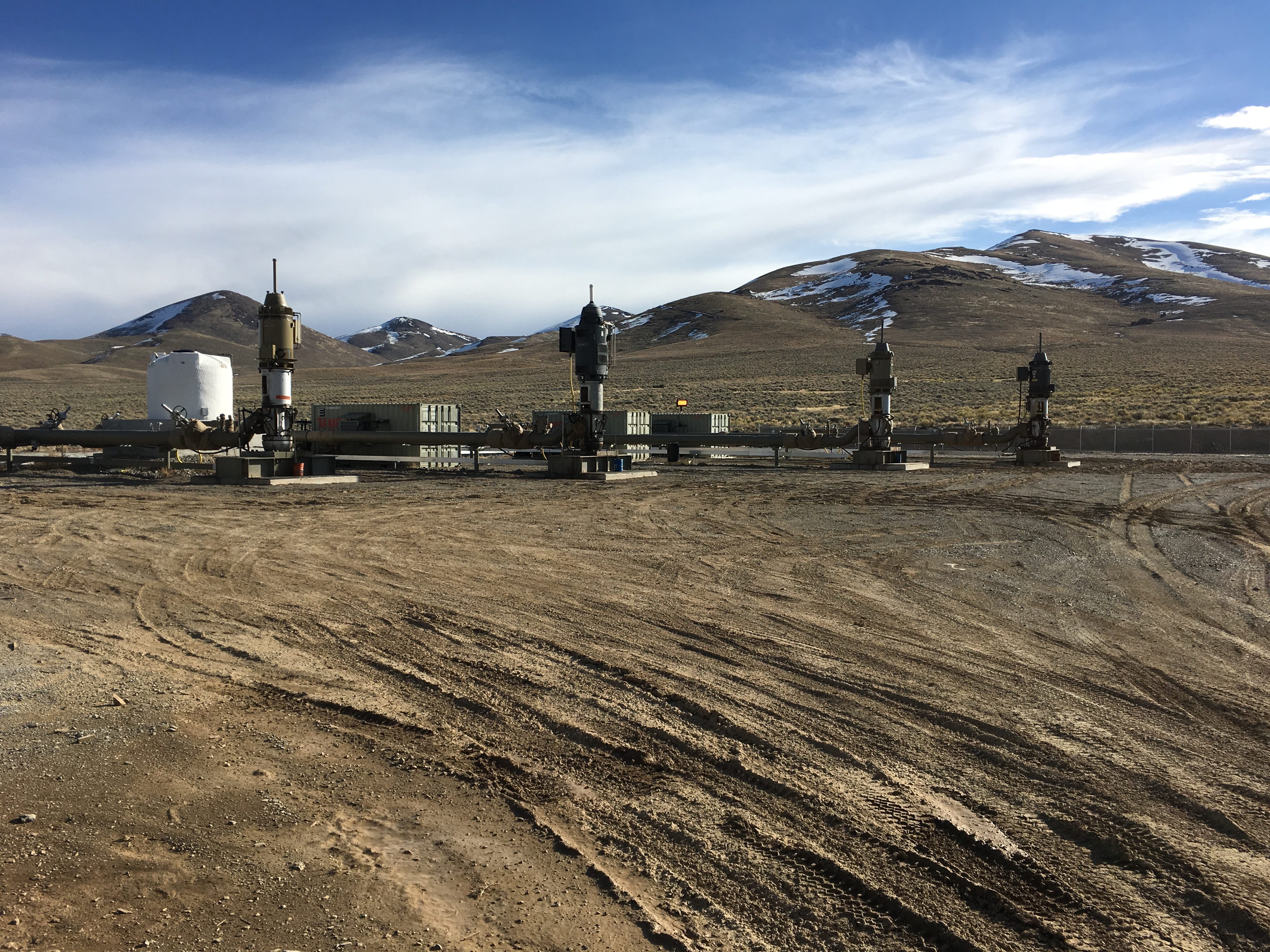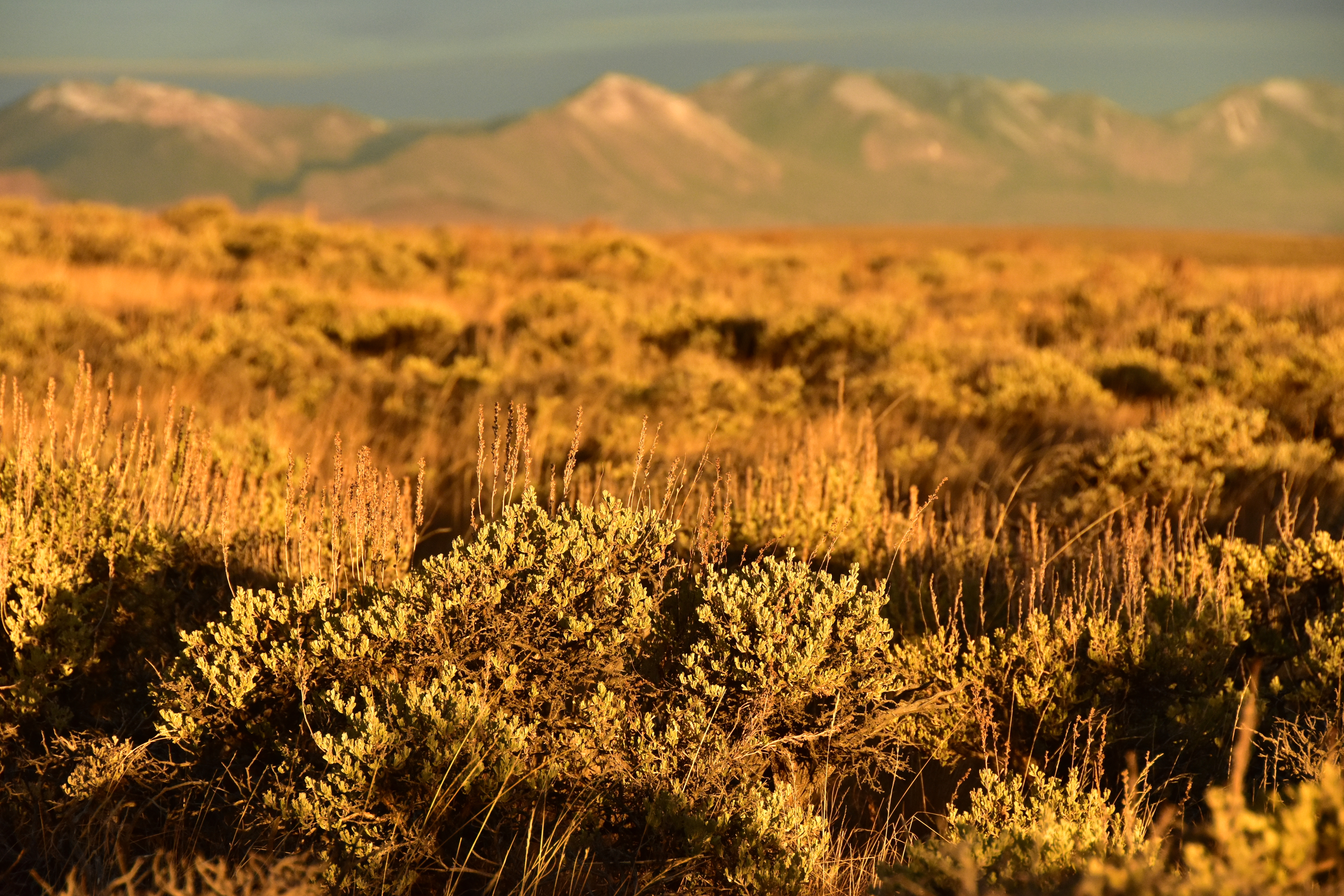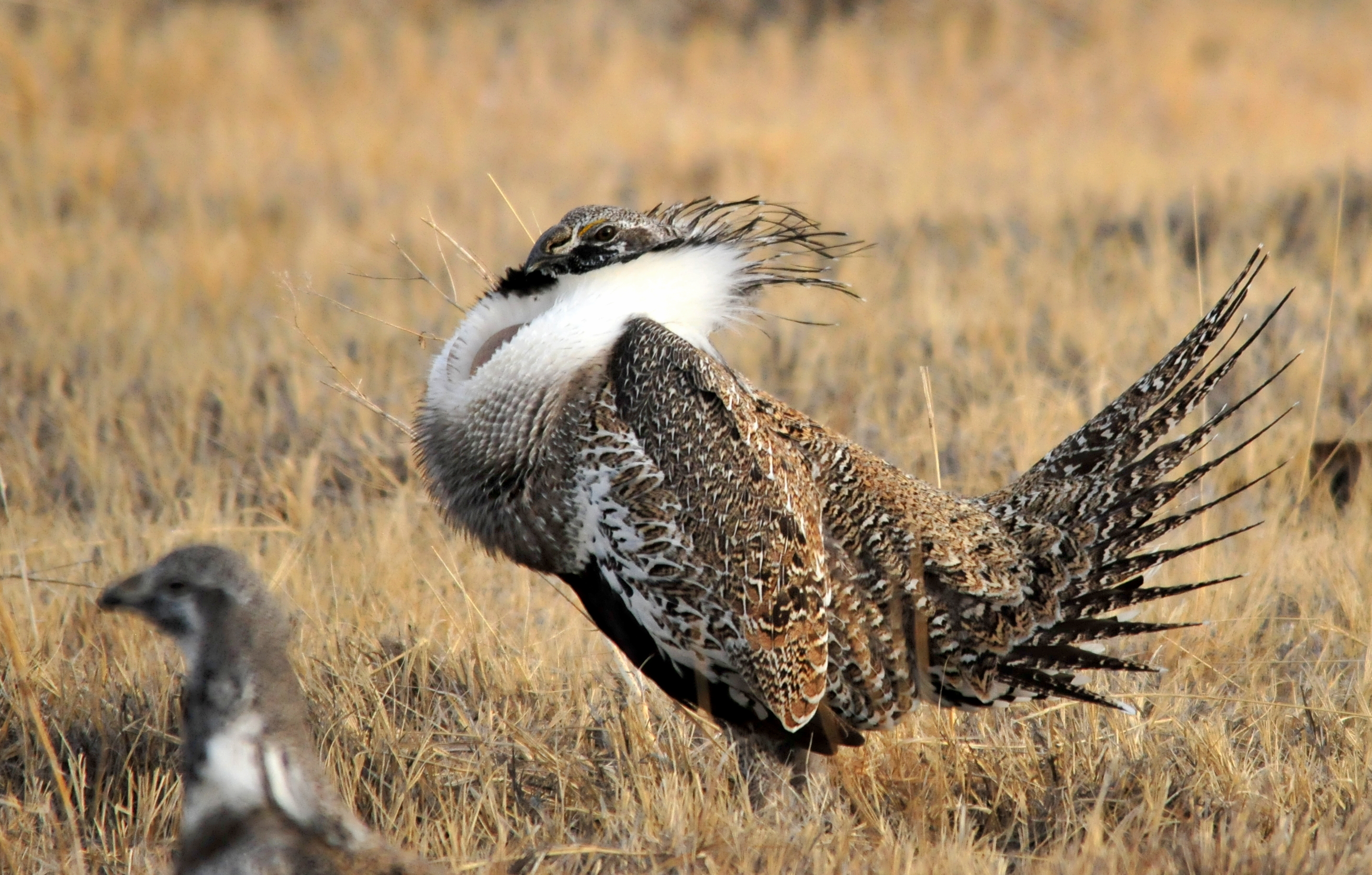How oil spill fines are helping to restore beaches and marshes that serve as critical defense against storm surge and enhance coastal fisheries
Louisiana’s barrier islands are an integral part of the state’s rich coastal fishing, culture, ecology, and economy. Eighteen barrier islands stretch from the Chandeleur Island chain east of the Mississippi River to Raccoon Island nearly 200 miles away in Terrebonne Parish. This includes Grand Isle, the state’s only inhabited barrier island and one of America’s top recreational fishing destinations.
Along with headland beaches like the Caminada and Pass Chaland Headland—where the marsh extends into but is not surrounded by water—Louisiana’s barrier islands are the first line of defense against winds and waves from the Gulf of Mexico. They provide protection to sensitive wetlands surrounding coastal lakes and bays, as well as the communities perched on what little high ground exists in the Mississippi River’s rapidly shrinking delta.
The islands are incredible places to fish and offer unique nesting and resting spots for hundreds of species of resident and migrating birds. From spring to fall, barrier island surf teems with speckled trout that have been drawn out of the interior wetlands to the Gulf to spawn or chase migrating shrimp and schools of menhaden and mullet.
Late-summer and fall also bring huge schools of breeding-size 12- to 50-pound redfish into the passes and surf zones, where they spawn and fatten up on blue crabs that gather in large masses along barrier island beaches to lay eggs. When Gulf-side surf is roughened by summer’s southerly winds, the marshy backsides of the islands offer protection, and often better fishing, to anglers.
Unfortunately, Louisiana’s barrier islands have been ravaged by the same forces of subsidence, erosion, and sediment starvation that have claimed 2,000 square miles of coastal wetlands in the last century. Restoring the state’s barrier islands is a key part of the overall effort by Louisiana to restore and protect its coast.
The Tale of Whiskey Island
Louisiana’s Coastal Protection and Restoration Authority has invested nearly $500 million in rebuilding more than 60 miles of beaches and barrier islands since 2007. They have also overseen construction of hundreds of acres of back-barrier marshes designed to enhance fisheries habitat and help retain the sand that has been pumped ashore by dredges to rebuild beaches and dunes.
Arguably, the most ambitious of these efforts is the recently completed restoration of Whiskey Island in Terrebonne Parish. For more than a year, sand was pumped to the island by a dredge from an ancient, sunken sand deposit 10 miles southwest of the island called Ship Shoal. Gradually built up by the Mississippi River about 7,000 years ago, Ship Shoal has proven to be the ideal source of material for two largescale beach restoration efforts and will be tapped again for at least two more barrier island restorations in the next decade.
The $117-million project to restore 1,000 acres of beaches and dunes at Whiskey Island—and establish another 160 acres of marsh platform behind the dunes to complement a 2009 project on 300 acres of marsh—was funded entirely with fines paid by BP and the other companies responsible for the 2010 Deepwater Horizon oil disaster. Nearly $20 billion in fines will be paid by BP alone over the next 15 years, and much of it will be used to address damage to fish and wildlife habitat.
Anglers are particularly fortunate that Whiskey Island’s beaches and marshes, coated and stained by oil eight years ago, have been renewed. The effort has helped to sustain and even enhance Terrebonne’s rich recreational and commercial fisheries and give coastal birds, like brown pelicans, which were hit hard by the spill, a place to nest and feed for at least two more decades.
Nearly $20 billion in fines will be paid by BP alone over the next 15 years, and much of it will be used to address damage to fish and wildlife habitat.
More Funding Equals More Savings
The project also demonstrates the broader scale of Louisiana’s coastal restoration efforts now that oil spill dollars have become available. Past barrier-island restoration efforts were pieced together over a decade or more. But with oil spill penalties committed by Louisiana and federal resource agencies like NOAA and the U.S. Fish and Wildlife Service, larger, more comprehensive projects can be built all at once, which ultimately saves money and makes for a more resilient and productive island.
Here’s why: We used to have to wait for $20 to $50 million in funding to restore 200 to 400 acres of marsh or beach at a time, then agencies would have to come back in five years or so with another chunk of money to build the next section. Now that money is available to complete an $80- to $100-million barrier island restoration all at once, millions aren’t wasted on mobilizing and demobilizing equipment and manpower at the beginning and end of multiple projects.
It’s actually a lot less expensive to build one 1000-acre restoration project than to break that effort into two or three smaller efforts spread out over a decade.
The Long Haul for Habitat
The TRCP and its sportfishing partners have advocated and worked with state and federal officials over the last eight years to make sure restoration efforts, like those on Whiskey Island, are the top priority as the Gulf continues to rebuild areas devastated by the Deepwater Horizon spill.
Good fishing requires good habitat. Projects like the Whiskey Island restoration and other efforts to rebuild beaches, barrier islands and marshes across the Gulf make sure there is high-quality habitat for fish and fishermen for decades to come.
Watch this video to see these project benefits in action.
Top photo by Flickr user Spencereblake

